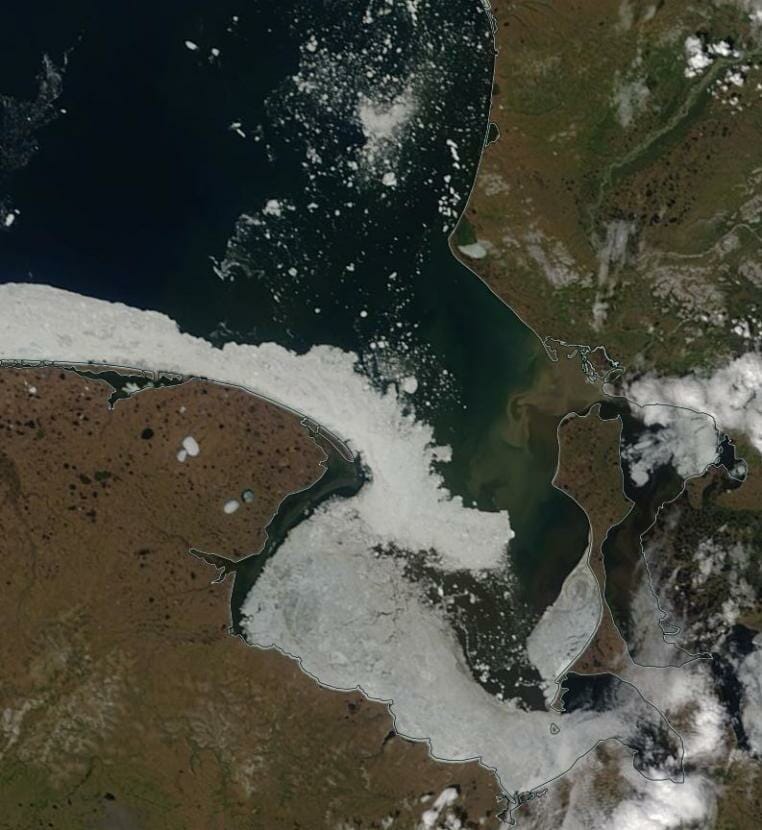
This year, Western Alaska had its warmest May on record. It was the fourth warmest May for the state as a whole. Certain conditions aren’t as blistering as last year, but maintain the recent trend of a warming Arctic.
Climatologist Rick Thoman with the International Arctic Research Center in Fairbanks says last month was in the top ten warmest Mays for most regions in the state. An exception was the North Slope region which saw a high pressure system of cool air.
“That kept the easterly winds going quite smartly across the North Slope,” Thoman said. “And with more normal ice conditions this year than in the past few years, that cooling breeze off the ice pack kept temperatures down a bit.”
However, from Point Hope down to the Bethel area, this May was toastier than ever. Thoman says sea ice in the Bering Sea has mostly melted. Sea ice in the Chukchi Sea is taking longer to melt than last year, which saw the earliest sea ice melt on record, but Thoman says it’s still much earlier than normal.
“Not that early and less open water at this point than we had last year, but compared to the longer term normal, this ice loss is well ahead of schedule,” Thoman said.
Thoman says that temperatures have been considerably warmer on average since about 2012. In years past, Thoman says sea ice break-up normally occurred in mid to late June.
“Some years back in the 80s it actually was in the first days of July,” Thoman said. “Nowadays, typically we’re seeing the ice melt get underway in earnest starting in late May. This year a little bit later than that, but again part of that long term trend.”
Thoman says that current climate predictions for June show an increased chance of warmer than normal temperatures across Western and Northwestern Alaska, with the Southwest Bering Sea due for a drastically warmer month.
“Their ocean temperatures are way above normal and that puts another thumb on the scale for Northwest Alaska,” Thoman said.
While most areas of the state saw an increase in overall temperature during May, it was more drastic in Western Alaska, where some regions were as high as 10.5 degrees warmer than average.
